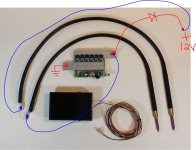You are using an out of date browser. It may not display this or other websites correctly.
You should upgrade or use an alternative browser.
You should upgrade or use an alternative browser.
JP spot-welder, FET-switched, timed adj. pulse
- Thread starter okashira
- Start date
okashira
10 kW
hagerty1 said:I must say as an after thought that it is funny that I have over 6000 cells here and have to go buy a battery...............
2s works fine if you really want to use them. 70 parallel would probably be fine
70 parallel 2 series 8.0 volts
okashira said:hagerty1 said:Ok I just got my fully assembled welder in today. Being a welder of many other materials I did not even think to look at what it took to run this thing.... 900+ amps @ 12VDC seems to be it. Jesus I can weld 1/2" steel plate with 900 amps. In any event, I made the mistake of not checking this out before buying it. But now that it is here...... I am reading about people blowing Fets left and right etc. I have no desire to blow this thing up. I assume everyone is welding using 12VDC for a reason.
I have followed the thread but I am still not sure if I can run the welder "as is" without diode fixes etc.
I have plenty of spare cells to build a pack to supply it. Can some one advise an S/P combination that will give me around 100 welds between charges. My cells are Panasonic CGR18650DA. I have plenty. Is 3S at 9-12.6V the magic # for voltage? What is the voltage tolerance of the welder? Can it take a 4S @ 12-15.6V ? My cells are supposed to be ok at 2C constant and up to 4-5C pulse. The cells are 2400 mAh. So I am thinking in pulse I could use 10 amps per cell as a calculator without kicking the cells ass. If I need 900 amps that is 3S 90P ?? As I don't know voltage tolerances I'm not sure. I have the 270++ cells as spares/ experimenters/ etc. anyhow. I assume it can take high voltages if it can run on a fully charged lead acid 12 volt. I would guess everyone will tell me to just go buy a car battery and have at it.....?????
If this is going to be an ultra pain in my rear I would rather just sell it and do something else......as of now it is un used and in the USA Ohio
Yes, I am sorry, don't want to mis lead people.
The welder works fine as-is. You can weld up to 0.2mm nickel easily with the kit supplied by Riba using a lead acid starter battery
You can even weld 0.3mm nickel, but be mindful that the mosfets stay as cool as possible and don't use too powerful of a battery.
The diode is an upgrade for those of us that want 2000 amps and longer welding leads and want to weld lots and lots of 0.3mm nickel.
Just use a lead acid starter battery. Don't worry about amps, S, P, whatever, just use a battery like Riba recommends and it will be fine. You can prob use the one from your car.
This is the BEST 18650 spot welder you can buy for under $2,000. Period. Your next option is a Sunstone Engineering welder. This one can work just as well.
How many battery amps and pulse time do you recommend to weld .3 nickel?
Thanks.
hagerty1 said:I must say as an after thought that it is funny that I have over 6000 cells here and have to go buy a battery...............
Yeah, I know, but starting battery should be cheap, no more than $40, and with assembling so much cells you will loose too much time and get questionable results, so I think that it is more economic to just find cheap battery, they are very common
okashira
10 kW
Offroader said:okashira said:hagerty1 said:Ok I just got my fully assembled welder in today. Being a welder of many other materials I did not even think to look at what it took to run this thing.... 900+ amps @ 12VDC seems to be it. Jesus I can weld 1/2" steel plate with 900 amps. In any event, I made the mistake of not checking this out before buying it. But now that it is here...... I am reading about people blowing Fets left and right etc. I have no desire to blow this thing up. I assume everyone is welding using 12VDC for a reason.
I have followed the thread but I am still not sure if I can run the welder "as is" without diode fixes etc.
I have plenty of spare cells to build a pack to supply it. Can some one advise an S/P combination that will give me around 100 welds between charges. My cells are Panasonic CGR18650DA. I have plenty. Is 3S at 9-12.6V the magic # for voltage? What is the voltage tolerance of the welder? Can it take a 4S @ 12-15.6V ? My cells are supposed to be ok at 2C constant and up to 4-5C pulse. The cells are 2400 mAh. So I am thinking in pulse I could use 10 amps per cell as a calculator without kicking the cells ass. If I need 900 amps that is 3S 90P ?? As I don't know voltage tolerances I'm not sure. I have the 270++ cells as spares/ experimenters/ etc. anyhow. I assume it can take high voltages if it can run on a fully charged lead acid 12 volt. I would guess everyone will tell me to just go buy a car battery and have at it.....?????
If this is going to be an ultra pain in my rear I would rather just sell it and do something else......as of now it is un used and in the USA Ohio
Yes, I am sorry, don't want to mis lead people.
The welder works fine as-is. You can weld up to 0.2mm nickel easily with the kit supplied by Riba using a lead acid starter battery
You can even weld 0.3mm nickel, but be mindful that the mosfets stay as cool as possible and don't use too powerful of a battery.
The diode is an upgrade for those of us that want 2000 amps and longer welding leads and want to weld lots and lots of 0.3mm nickel.
Just use a lead acid starter battery. Don't worry about amps, S, P, whatever, just use a battery like Riba recommends and it will be fine. You can prob use the one from your car.
This is the BEST 18650 spot welder you can buy for under $2,000. Period. Your next option is a Sunstone Engineering welder. This one can work just as well.
How many battery amps and pulse time do you recommend to weld .3 nickel?
Thanks.
Do you have an oscilloscope?
While my welder is working fine right now using 0.15mm and 0.2mm nickel strips, just to be prepared for 0.3mm later on (and being the tinkerer I am) I decided to get the diode okashira suggested and it arrived today.
http://www.mouser.com/Search/Produc...NAvirtualkey65120000virtualkey747-DSA300I45NA
I feel a bit apprehensive about installing it and either nuking the welder or the diode (or both) and would like to request a favor from riba:
Since you are the designer of this little marvel, could you take one of the pictures from the DYI guide (or any other good picture of the current model) and kind of draw where is the best place to hook it up, please?
And recommended wire gauge too.
Okashira did one but his model is different from mine and the picture does not show the whole setup and I am not 100% sure what to do :?
I assume that adding the diode now--before I add an extra battery to my setup--won't cause any performance degradation or any kind of problem. Please confirm.
Any help is much appreciated
http://www.mouser.com/Search/Produc...NAvirtualkey65120000virtualkey747-DSA300I45NA
I feel a bit apprehensive about installing it and either nuking the welder or the diode (or both) and would like to request a favor from riba:
Since you are the designer of this little marvel, could you take one of the pictures from the DYI guide (or any other good picture of the current model) and kind of draw where is the best place to hook it up, please?
And recommended wire gauge too.
Okashira did one but his model is different from mine and the picture does not show the whole setup and I am not 100% sure what to do :?
I assume that adding the diode now--before I add an extra battery to my setup--won't cause any performance degradation or any kind of problem. Please confirm.
Any help is much appreciated
okashira
10 kW
NetPro said:While my welder is working fine right now using 0.15mm and 0.2mm nickel strips, just to be prepared for 0.3mm later on (and being the tinkerer I am) I decided to get the diode okashira suggested and it arrived today.
http://www.mouser.com/Search/Produc...NAvirtualkey65120000virtualkey747-DSA300I45NA
I feel a bit apprehensive about installing it and either nuking the welder or the diode (or both) and would like to request a favor from riba:
Since you are the designer of this little marvel, could you take one of the pictures from the DYI guide (or any other good picture of the current model) and kind of draw where is the best place to hook it up, please?
And recommended wire gauge too.
Okashira did one but his model is different from mine and the picture does not show the whole setup and I am not 100% sure what to do :?
I assume that adding the diode now--before I add an extra battery to my setup--won't cause any performance degradation or any kind of problem. Please confirm.
Any help is much appreciated
Please note the diode will do nothing to increase power or performance. It just reduces the load on the MOSFET's so they last longer when connected to a more powerful battery.
Attachments
Allex
100 MW
Guys like okashira who welds lots of cells. How fast does your tips wear out? I wonder if the tip wear partly depends on the current the battery gives. If current is to small(or maybe it is pulse time that is to long that makes the tips stick?), tips stick to nickel and wear out faster. Did we find any better electrodes than copper?
okashira
10 kW
okashira
10 kW
I got my oscilloscope so ill measure current soon. Been 10 years since I used one, gotta figure out right way to do it.
Only took me 10 minutes from unboxing to shorting it out across mains. I was using it to check mains voltage, and connected the probe ground to the "black wire" boom. (
(
I hope I didn't mess anything up. dumb-ass. ((
((
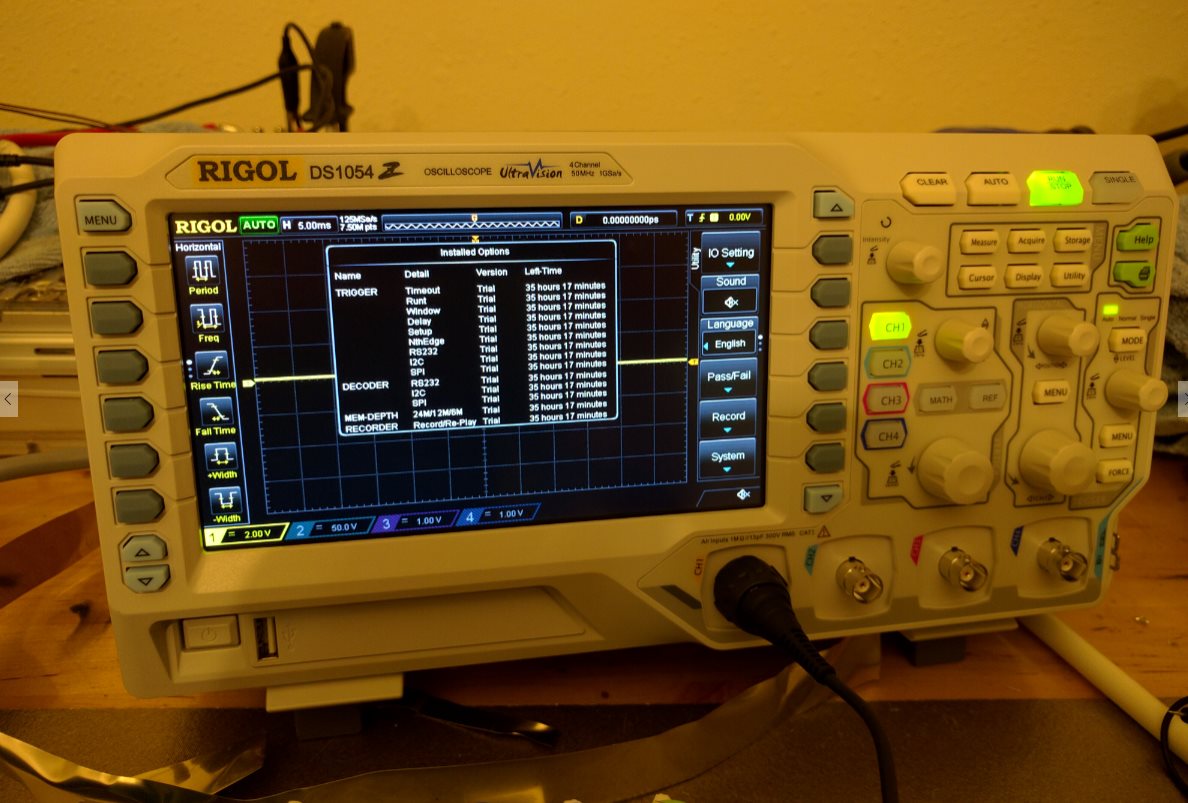
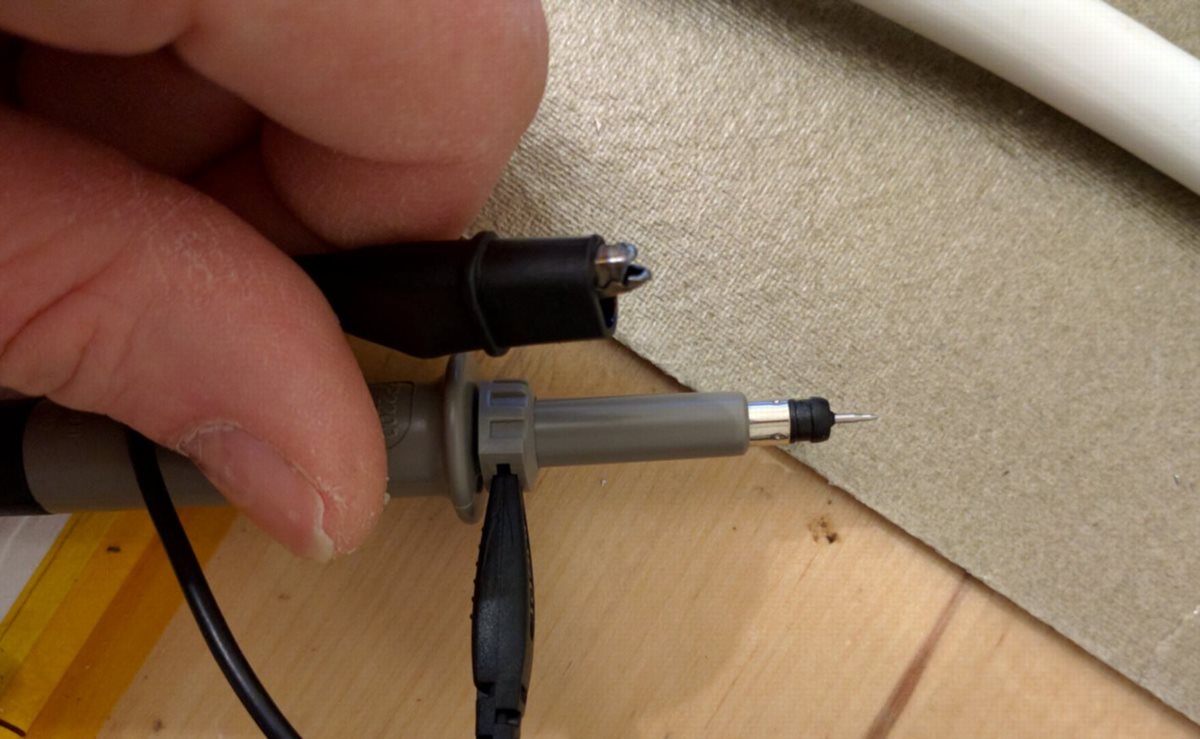
Only took me 10 minutes from unboxing to shorting it out across mains. I was using it to check mains voltage, and connected the probe ground to the "black wire" boom.
I hope I didn't mess anything up. dumb-ass.


okashira
10 kW
Allex said:Guys like okashira who welds lots of cells. How fast does your tips wear out? I wonder if the tip wear partly depends on the current the battery gives. If current is to small(or maybe it is pulse time that is to long that makes the tips stick?), tips stick to nickel and wear out faster. Did we find any better electrodes than copper?
No.. stick with copper.
1" long worth of tip lasts like 10,000 welds for me... And they cost like 5 cents to replace them when they get too short.
okashira
10 kW
Yeah, I assumed black would be neutral, green would be ground.riba2233 said:Ouch! Yeah, oscilloscope probes are grounded, but you can insulate the ground pin on on it and there you go
Or measure something after transformer, something isolated.
So black is hot, white is neutral. what a frocked up world we live in
Allex
100 MW
okashira said:Allex said:Guys like okashira who welds lots of cells. How fast does your tips wear out? I wonder if the tip wear partly depends on the current the battery gives. If current is to small(or maybe it is pulse time that is to long that makes the tips stick?), tips stick to nickel and wear out faster. Did we find any better electrodes than copper?
No.. stick with copper.
1" long worth of tip lasts like 10,000 welds for me... And they cost like 5 cents to replace them when they get too short.
Yeah it is not the cost I am concern about bur rather the sharpening of them
Nice 'scope, okashira.
I have been thinking to try one of those software oscilloscopes you install on your PC and connect via the sound card but have not had time to play with that.
Wonder if anyone has used one of these to get readings from the welder.
I know they have several limitations one of them being they do not display very well any frequency above 20 KHz (sound card limit) but for checking the welder they might be fine.
I have been thinking to try one of those software oscilloscopes you install on your PC and connect via the sound card but have not had time to play with that.
Wonder if anyone has used one of these to get readings from the welder.
I know they have several limitations one of them being they do not display very well any frequency above 20 KHz (sound card limit) but for checking the welder they might be fine.
okashira
10 kW
Allex said:okashira said:Allex said:Guys like okashira who welds lots of cells. How fast does your tips wear out? I wonder if the tip wear partly depends on the current the battery gives. If current is to small(or maybe it is pulse time that is to long that makes the tips stick?), tips stick to nickel and wear out faster. Did we find any better electrodes than copper?
No.. stick with copper.
1" long worth of tip lasts like 10,000 welds for me... And they cost like 5 cents to replace them when they get too short.
Yeah it is not the cost I am concern about bur rather the sharpening of them
I think you get better welds with flat tips, not sharp. More surface area, better connection.
You do need more amps though.
I keep a dremel with a scotchbrite wheel for dressing the tips right next to the welder
Allex
100 MW
Yeah more amps it is. My 70Ah PB is to weak probably.
NetPro said:Nice 'scope, okashira.
I have been thinking to try one of those software oscilloscopes you install on your PC and connect via the sound card but have not had time to play with that.
Wonder if anyone has used one of these to get readings from the welder.
I know they have several limitations one of them being they do not display very well any frequency above 20 MHz (sound card limit) but for checking the welder they might be fine.
Search the thread, I've out some oscilloscope shots
okashira said:Looks good if the right terminal is +
Thanks I got the diode coming in the mail, this diode may really help me because I have .3 nickel and want to use it for my new battery pack. I knew I had to use more amps and was going to have to really push close to the 1100 amp limits on the unmodified JP welder.
The question is it better to use higher amps and a lower pulse time when welding with .3 nickel.
Right now I have a 800 cranking amp battery, I can add in parallel another 600 cranking amp, and then some lipo packs if I need more power. But I don't know if it is better to use higher amps and a lower pulse time, or use a higher pulse time and lower amps. maybe the question is, what is safer on the cells?
When using the Diode, what is the new safe lead acid cranking amp limit? Has it really gone from 1100 amps to 2000 amps?
vicens
100 W
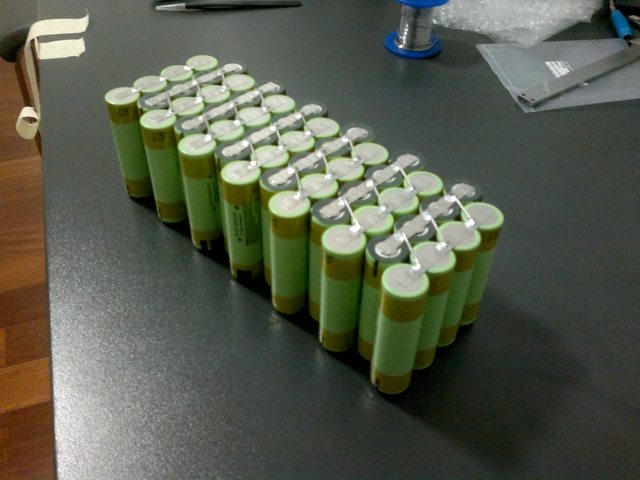
This mounted it interesting.
As is done?
nikel strips are welded to the cells. and then copper wires were soldered to nikel strips.
nikel strips are welded to the copper wires. and after nikel strips are welded to the cells.
If the cells are first welded to the strips of Nikel. and after nikel strips are soldered to the copper wires. Is very hot cells?
I can use copper wire cable rigid as the photo. It is 0.9 millimeters in diameter. are these:

I found a starter battery lead acid 12V 110Ah. 520A din. 850A EN/SAE. 50 €. I hope it works well for 0.15 and 0.2 millimeters in Nikel strips.
okashira
10 kW
Ok, I got some current measurements.
I am using ~2.5 feet length 4 awg wire per lead
8.2V welding voltage. Each cell is about 0.0006 Ohm DCIR.
I measured 2,530 amps with tips about 1/8" apart welding 0.2mm nickel to a cell. I was using about 3-5 lbs of force per tip
I don't know if this was the best way to do it but I used two channels. I set both to DC coupled and didn't ground either probe.
I put one probe at the beginning of one lead and other other at the end of the same lead.
Then setup a MATH function to measure the difference between the voltages.
As expected the math function showed zero volts.
I measured 1.26V drop across 24" of 4AWG lead.
Per the table, 2 foot of 4AWG wire is 0.497mOhm
Ohms law - 2530 Amps
There seems to be alot of noise... but it seems to average out well.
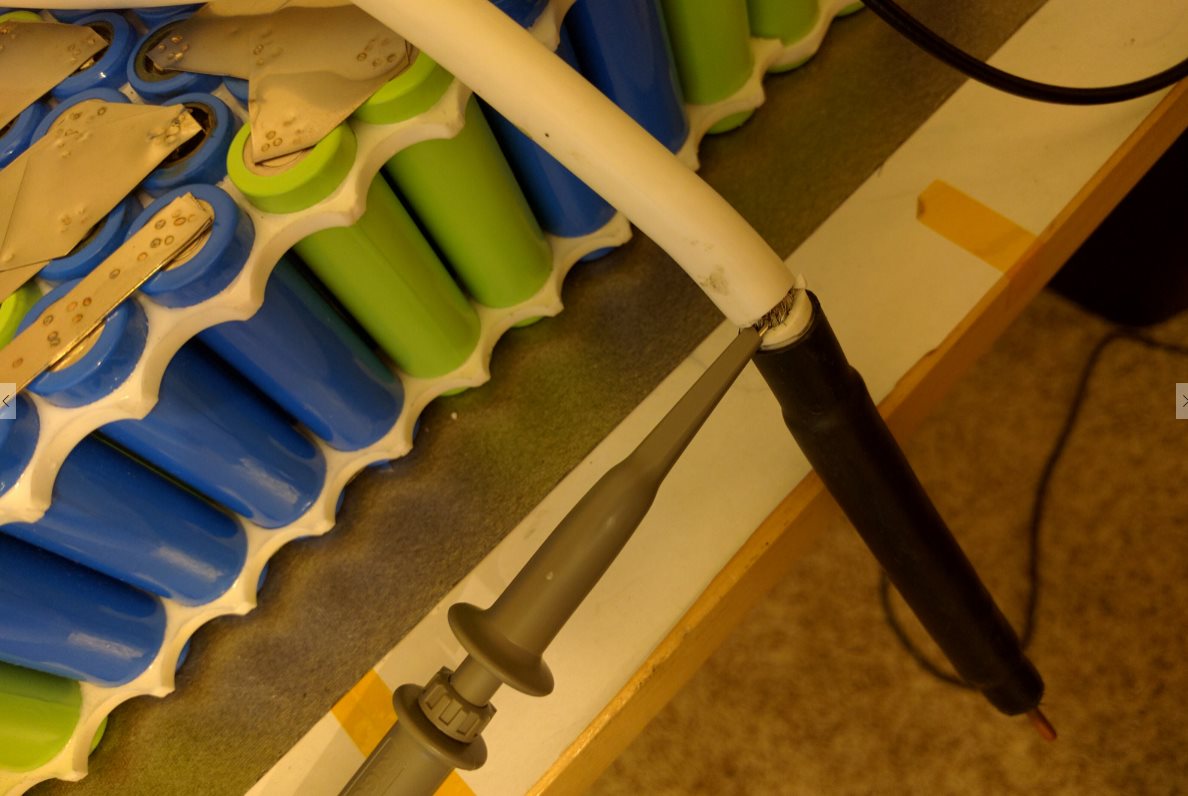
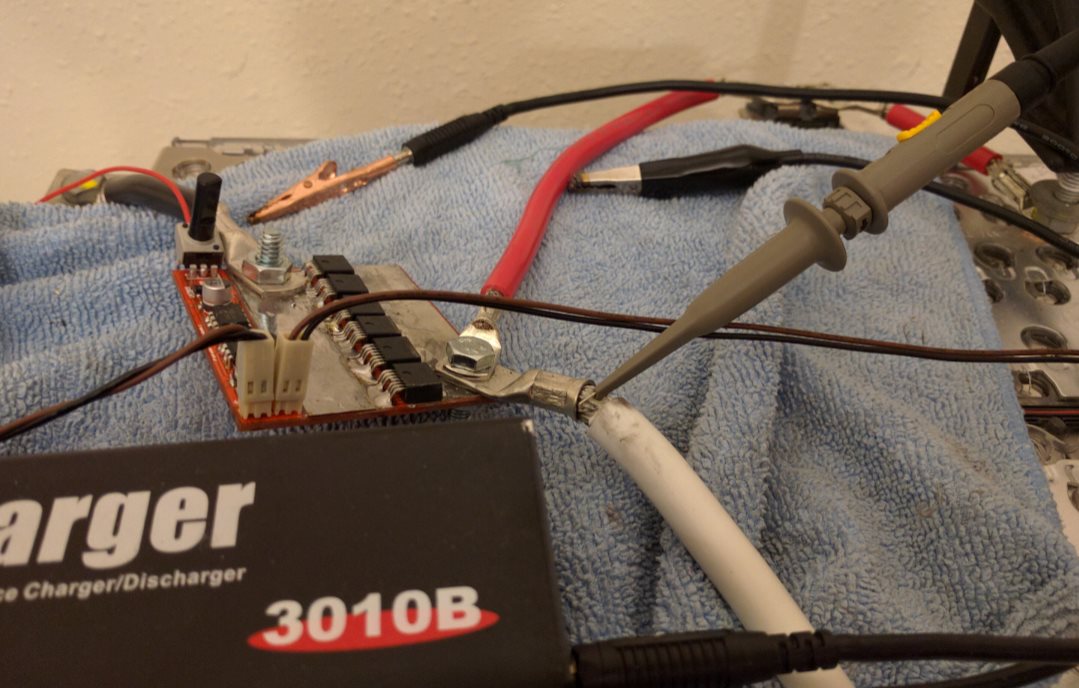
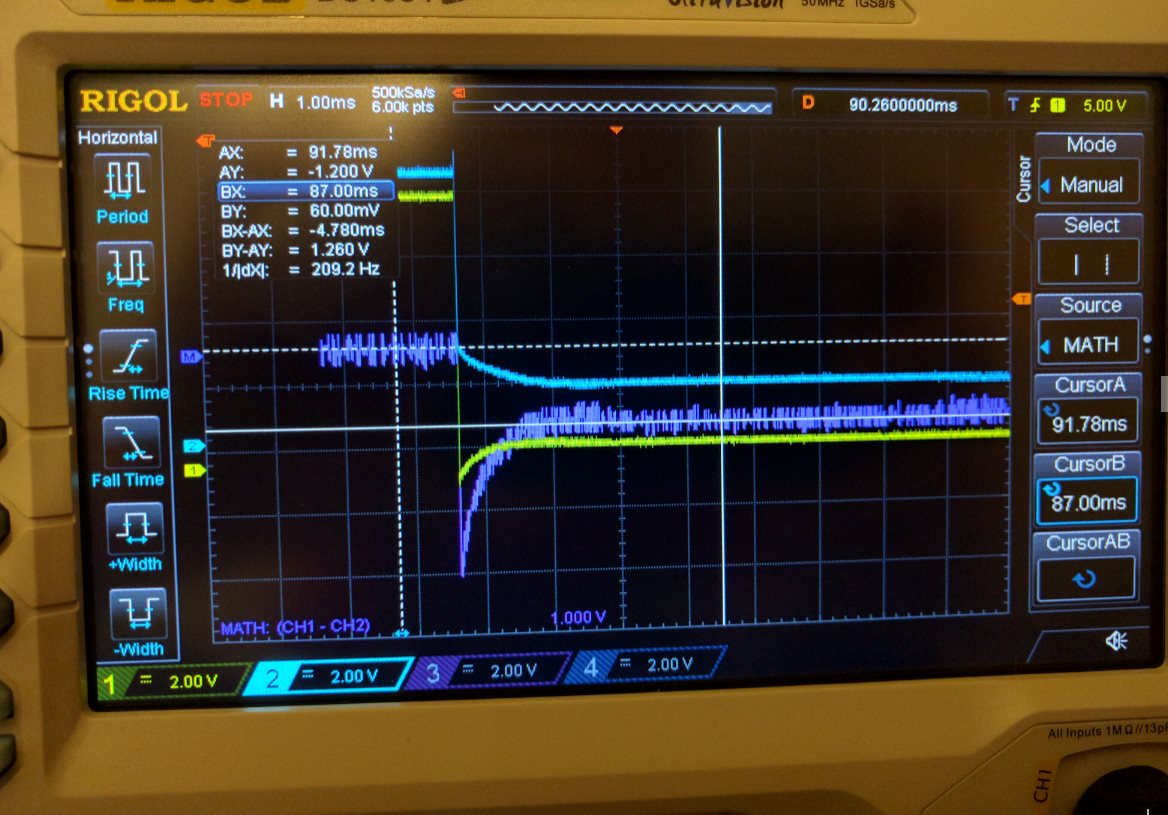
I also did one bypassing one lead welding straight to the alum bus bar on the model S module. I got 3,900 amps.

have not used a scope in 10 years, if someone has a suggestion how to better do it I will give it a try.
Didn't want to use a shunt because that would affect the circuit. Figured the welding lead itself would make a fine shunt.
Also didnt want to use the probe grounds.. caused all sorts of problems since the welder is grounded to mains
I am using ~2.5 feet length 4 awg wire per lead
8.2V welding voltage. Each cell is about 0.0006 Ohm DCIR.
I measured 2,530 amps with tips about 1/8" apart welding 0.2mm nickel to a cell. I was using about 3-5 lbs of force per tip
I don't know if this was the best way to do it but I used two channels. I set both to DC coupled and didn't ground either probe.
I put one probe at the beginning of one lead and other other at the end of the same lead.
Then setup a MATH function to measure the difference between the voltages.
As expected the math function showed zero volts.
I measured 1.26V drop across 24" of 4AWG lead.
Per the table, 2 foot of 4AWG wire is 0.497mOhm
Ohms law - 2530 Amps
There seems to be alot of noise... but it seems to average out well.



I also did one bypassing one lead welding straight to the alum bus bar on the model S module. I got 3,900 amps.
have not used a scope in 10 years, if someone has a suggestion how to better do it I will give it a try.
Didn't want to use a shunt because that would affect the circuit. Figured the welding lead itself would make a fine shunt.
Also didnt want to use the probe grounds.. caused all sorts of problems since the welder is grounded to mains
Similar threads
- Replies
- 64
- Views
- 4,019
- Replies
- 6
- Views
- 1,364
- Replies
- 2
- Views
- 1,089
- Replies
- 12
- Views
- 5,793
- Replies
- 8
- Views
- 3,509


